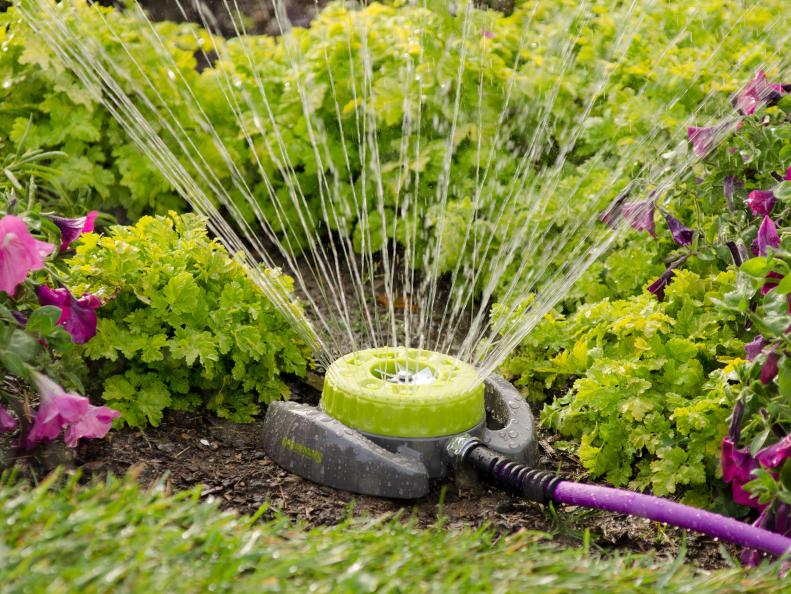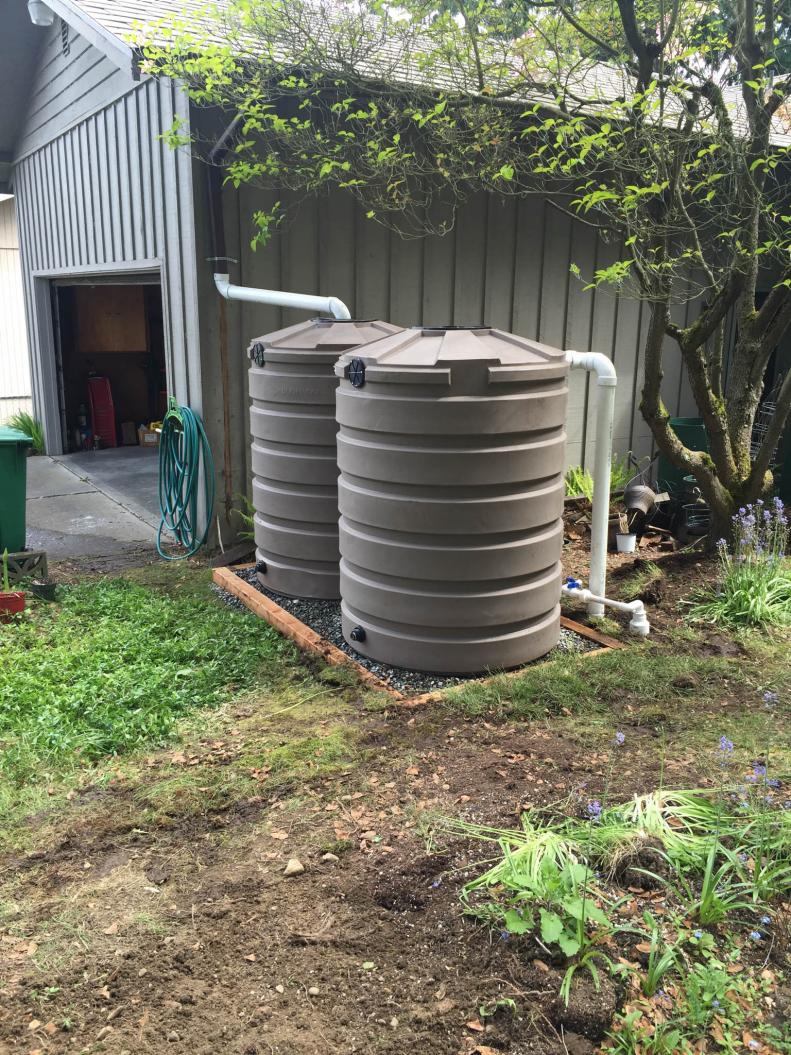Use an Adjustable Sprinkler
There are many reasons to conserve water in your yard: You live in an area that restricts outdoor water use, you’re looking to save money on your water bill, you want a more low-maintenance yard or you’re just looking to help the environment. Whatever your reason, we’ve got a slew of ideas and tips that can help you save water, money and time. These include planting a rain garden, installing a rain barrel, picking the right type of planters and the best practices for watering your lawn and garden.
Conserving water in the landscape starts with rethinking the ways you use and apply water to plantings. Trade in a non-adjustable oscillating sprinkler for one that offers multiple watering patterns. By sliding levers or pushing buttons, adjustable sprinklers let you direct water to where it’s needed — and avoid wasteful runoff.









